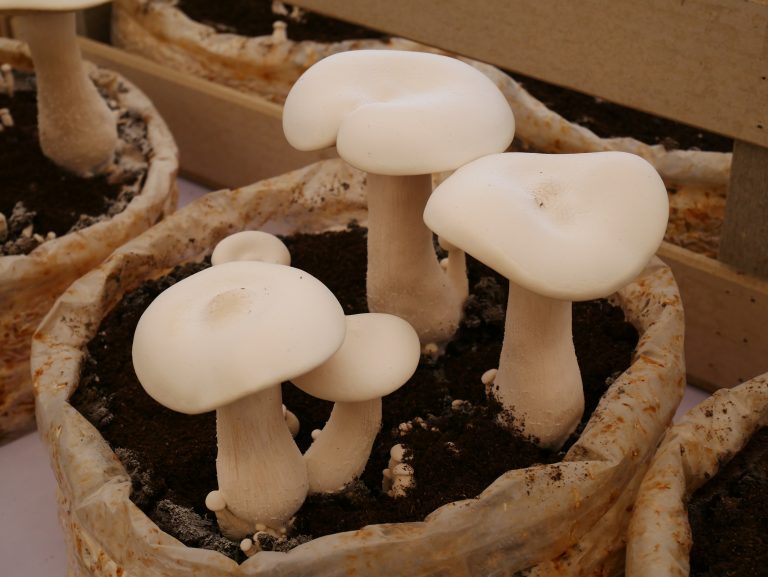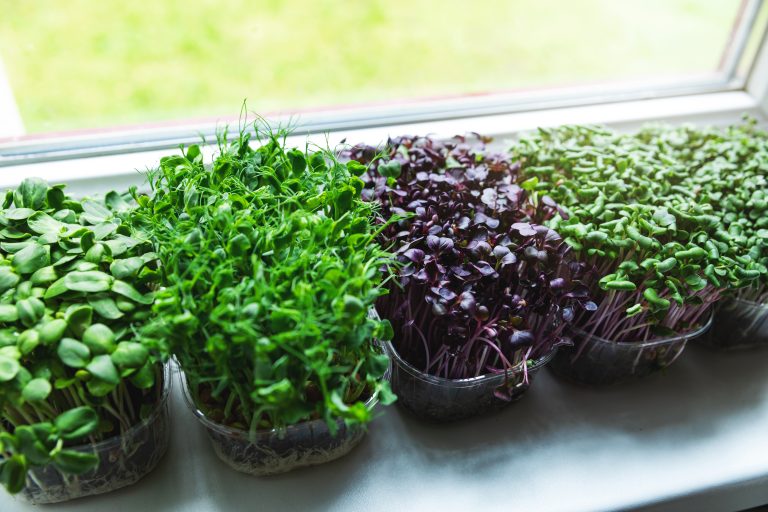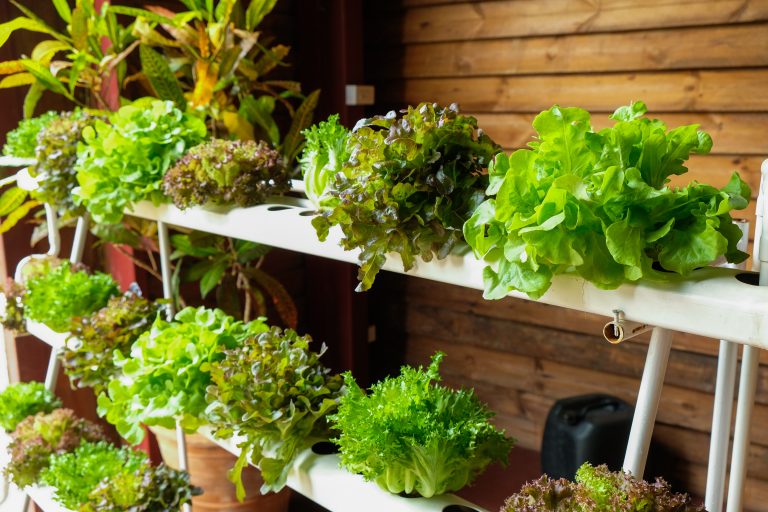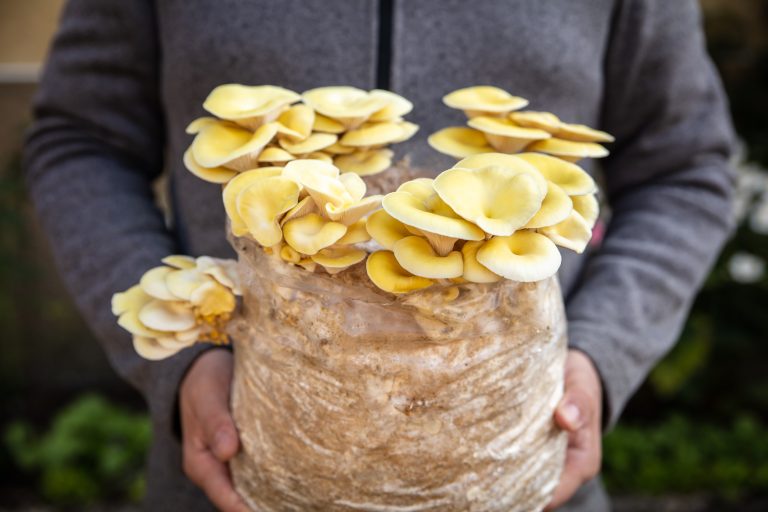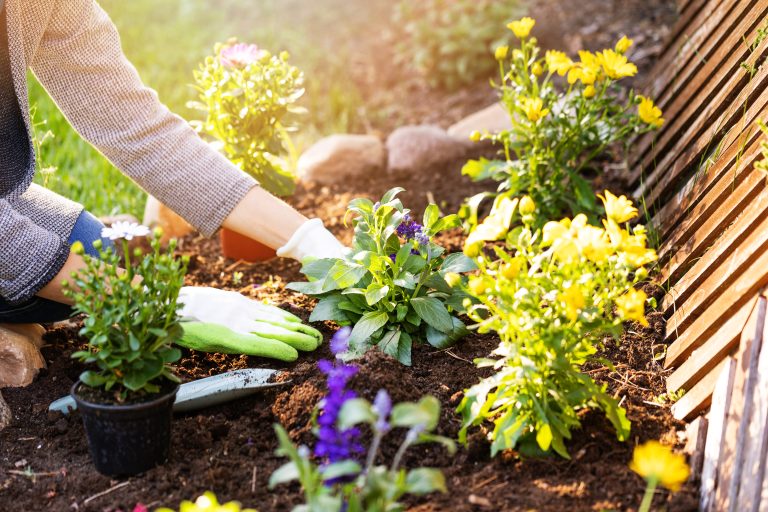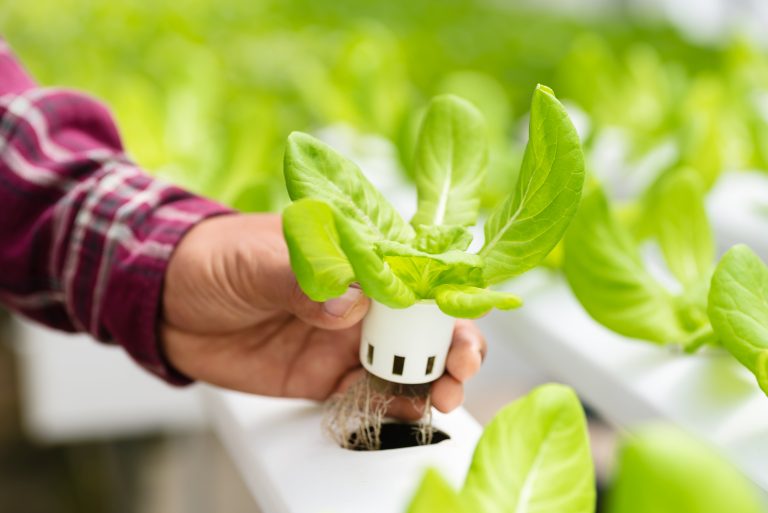7 Must-Have Subtropical Herbs for Your Garden
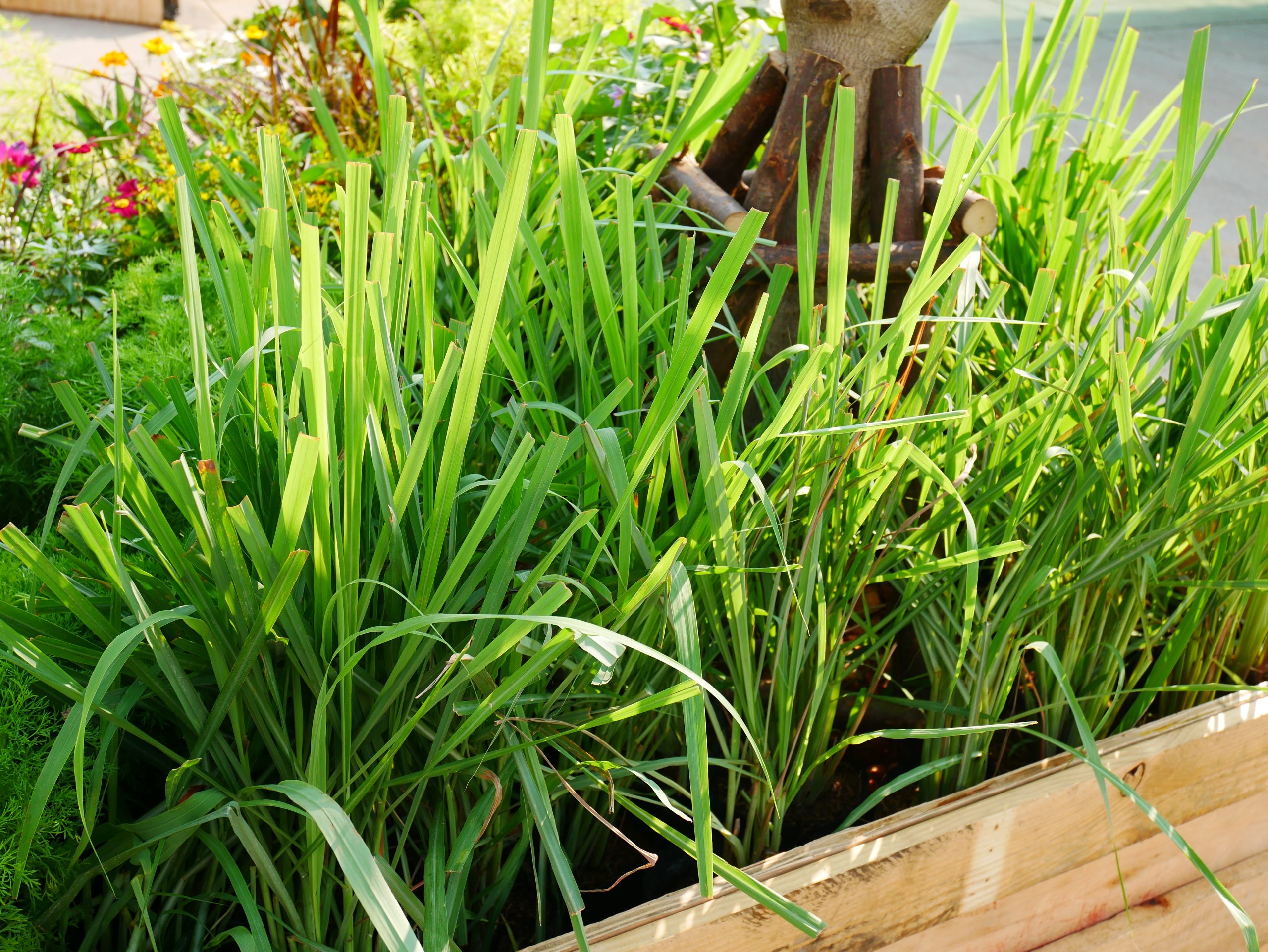
As an urban gardener, I’m always on the lookout for plants that will thrive in my little slice of paradise. Subtropical herbs, with their vibrant flavors and aromas, are perfect for adding a touch of the exotic to any garden. Let me take you through seven must-haves that will transform your green space into a fragrant oasis.
Subtropical herbs are urban gardening’s secret weapons, infusing warmth and resilience into limited spaces with their vibrant flavors and easy-going nature. Thriving in both sunshine and partial shade, they’re perfect for balconies and small backyards.
Versatile and low-maintenance, these herbs flourish in pots, planters, or small patches of earth, offering culinary delights and medicinal benefits from the comfort of your garden. Dive into the lush world of subtropical herbs and unlock the wonders they bring to your cooking and well-being.
1. The Luscious Lemon Verbena
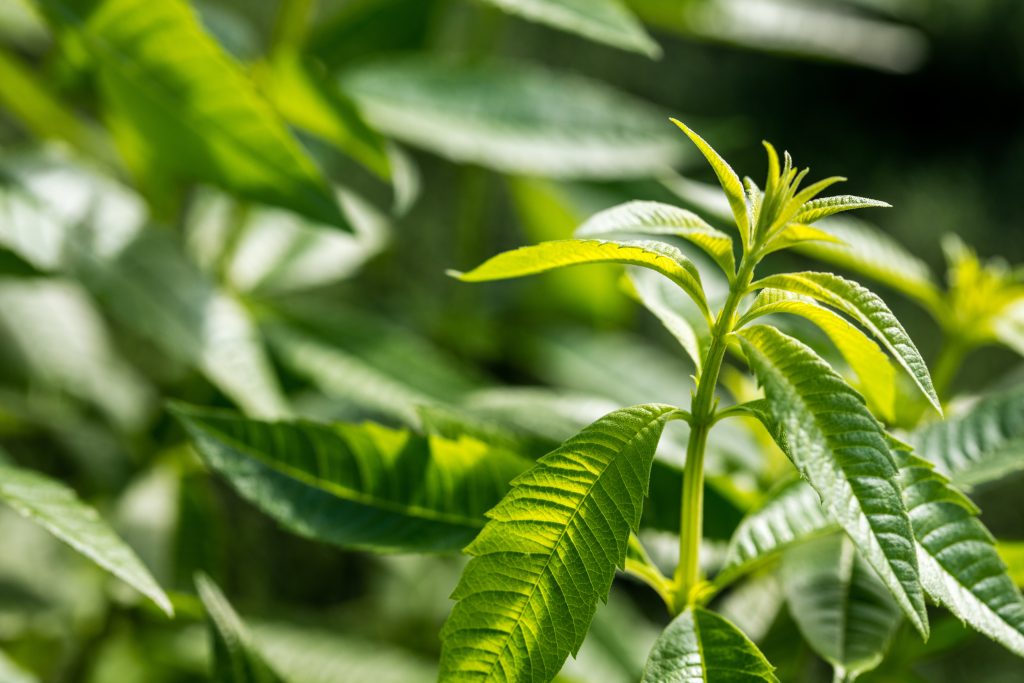
Lemon Verbena is a showstopper with its lance-shaped leaves and a citrusy scent that’s a dead ringer for a fresh-squeezed lemon. This herb loves a sunny spot and will thank you with leaves that are perfect for teas, desserts, and even homemade cleaning products. It’s like a little bit of lemon sunshine in your garden!
Hey hey! Don’t forget to subscribe to get our best content 🙂
In the heat of summer, there’s nothing quite like a glass of iced tea infused with lemon verbena leaves. It’s a refreshing twist that’ll have your guests asking, “What’s your secret?” Plus, when the evening air turns cool, the leaves can be dried and stored, ensuring a supply of that lemony goodness all year round.
But it’s not just about the taste. Lemon verbena is also known for its calming properties. A cup of tea made from its leaves before bed can help soothe the nerves and promote a peaceful sleep. Just imagine, a stress reliever that grows right outside your door—now that’s garden magic!
2. Aromatic Sweet Bay Laurel
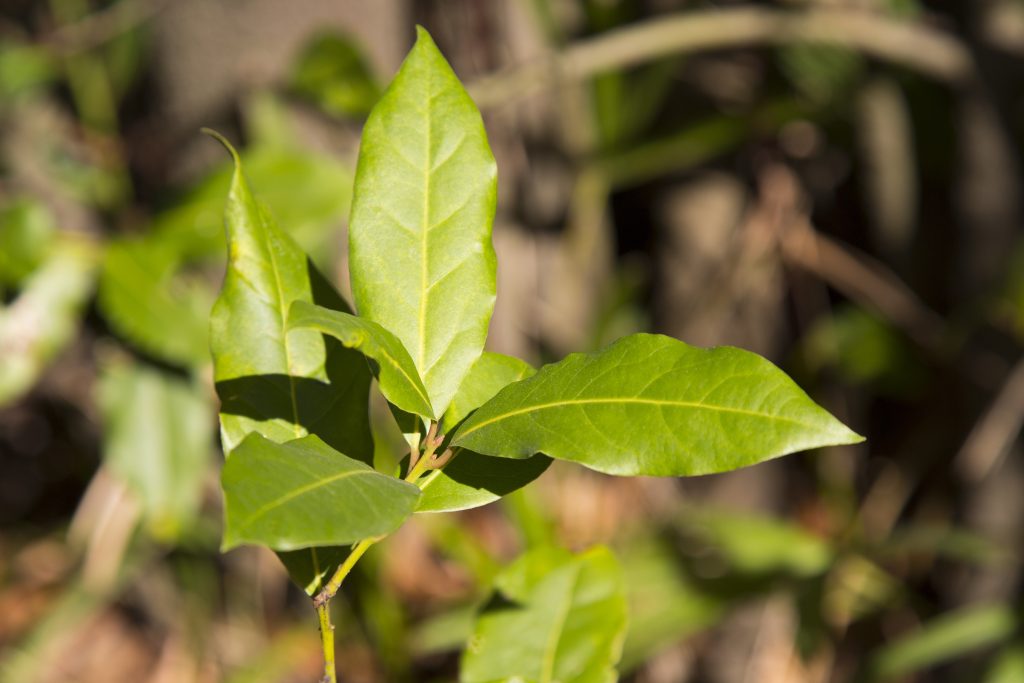
Sweet Bay Laurel is a classic herb with a rich history, and let me tell you, it’s more than just the stuff of laurel crowns and ancient glory. Its glossy, evergreen leaves are a staple in soups and stews, and they add a depth of flavor that dried herbs can only dream of. This herb thrives in well-drained soil and can even be shaped into a topiary for an extra touch of garden elegance.
Growing your means you’ll have fresh bay leaves on hand, which are leaps and bounds above the store-bought variety. (Ever tried a bay-infused custard? Game-changer!) Plus, a bay laurel plant can double as a privacy screen or windbreak if you give it enough room to spread its branches.
Sweet Bay Laurel is not just about culinary uses; it’s also reputed to have antiseptic and digestive benefits. So, while it’s jazzing up your dishes, it’s also doing your body a favor. It’s a multitasker that’s worthy of a spot in every urban garden.
3. Flavorful Cuban Oregano
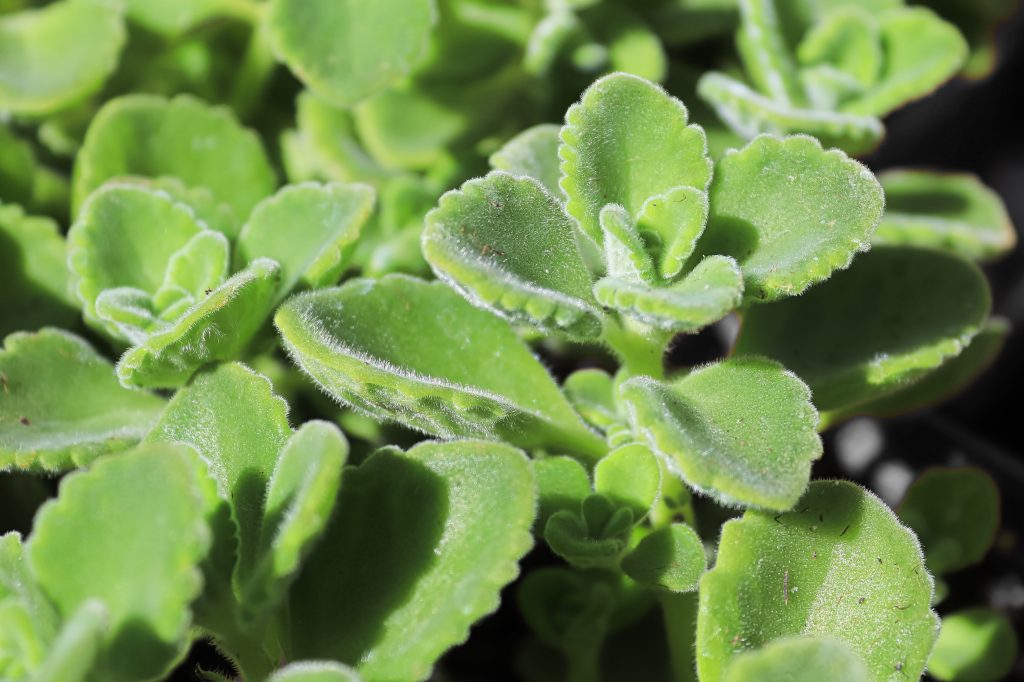
Cuban Oregano, also known as Spanish Thyme, is the herb you didn’t know you needed until you’ve tried it. Its thick, fuzzy leaves are packed with a robust oregano flavor that has a hint of thyme. This herb is a trooper in the heat and humidity, making it a perfect pick for those sweltering city summers.
It’s not a fussy plant; give it some light and a bit of water, and it’ll grow like a weed (the good kind, of course). Use it fresh in marinades, or let it dry to create your spice blends. Once you’ve had a taste of Cuban Oregano in your cooking, you might just find yourself saying, “Italian who?”
And it’s not just the flavor that makes Cuban Oregano a standout. (Did you know it’s been used as a home remedy for coughs and sore throats?) It’s like having a mini-pharmacy in your herb garden, which is pretty neat if you ask me.
4. Versatile Mexican Tarragon
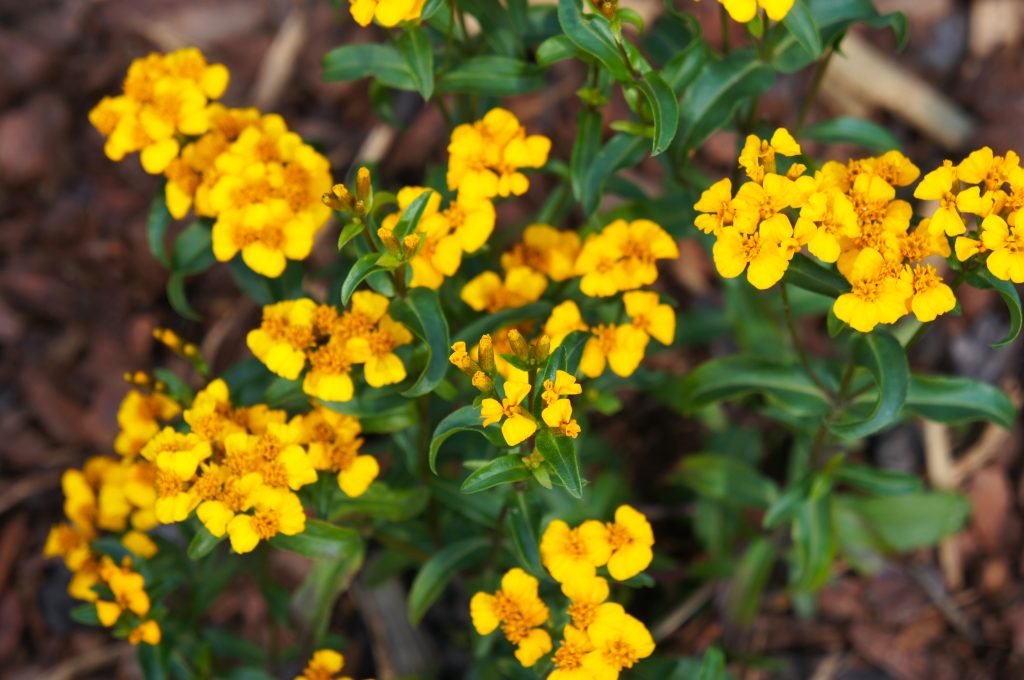
Mexican Tarragon is the unsung hero of the herb world. With its anise-like flavor and sunny yellow flowers, it’s both a treat for the palate and the eyes. This hardy plant laughs in the face of hot, dry conditions, making it ideal for those spots in the garden that other plants might snub.
The leaves are a fantastic substitute for French tarragon, which can be a bit of a diva in the heat. Use Mexican Tarragon in fish dishes, or chicken, or infuse it into vinegar for a unique salad dressing twist. It’s a versatile herb that asks for so little yet gives so much.
But wait, there’s more! Mexican Tarragon is also steeped in tradition as a remedy for various ailments and is even used in Day of the Dead celebrations. It’s a plant with a rich cultural tapestry that’s just waiting to be woven into your garden story.
5. Spicy Thai Basil Wonders
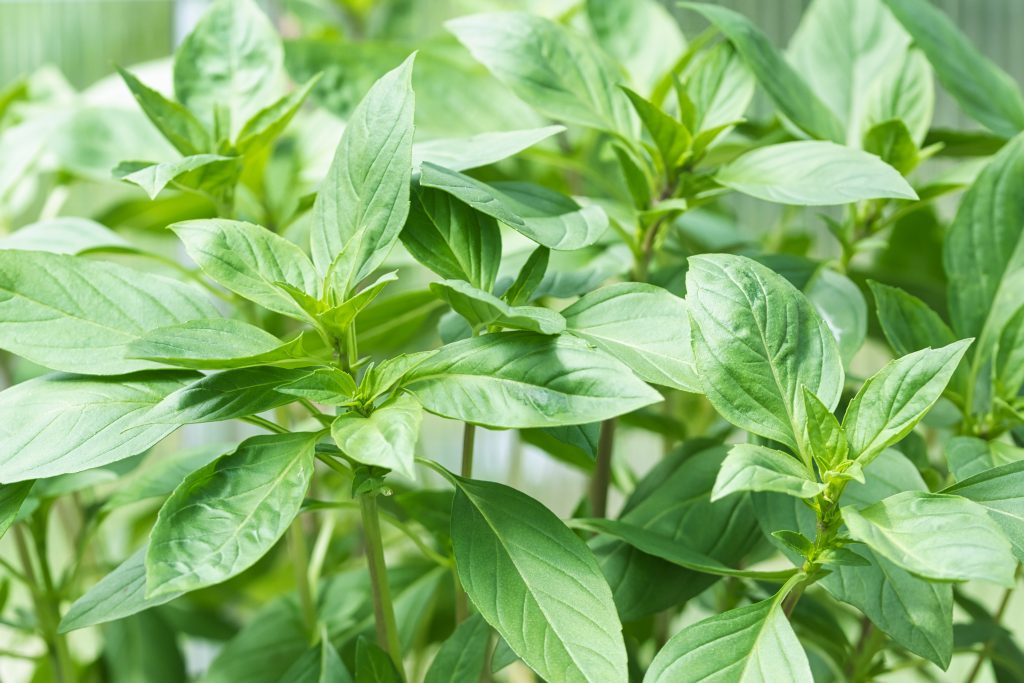
Thai Basil is the life of the party in any herb garden, with its purple stems and spicy, licorice-flavored leaves. This herb loves the warmth and will reward you with an abundance of foliage that’s just begging to be tossed into a spicy curry or fresh spring roll.
It’s a bit more robust than its sweet basil cousin, standing up to cooking heat like a champ. And let’s not forget the blooms—those delicate purple flowers are not only beautiful but also edible. Throw them in a salad for a pop of color and flavor that’ll have your friends thinking you’re some kind of culinary wizard.
Thai Basil isn’t just a one-hit wonder; it’s been known to soothe the stomach and calm the mind. So, whether you’re whipping up a feast or just need a moment of zen, Thai Basil has got your back.
6. Robust Lemongrass Essentials
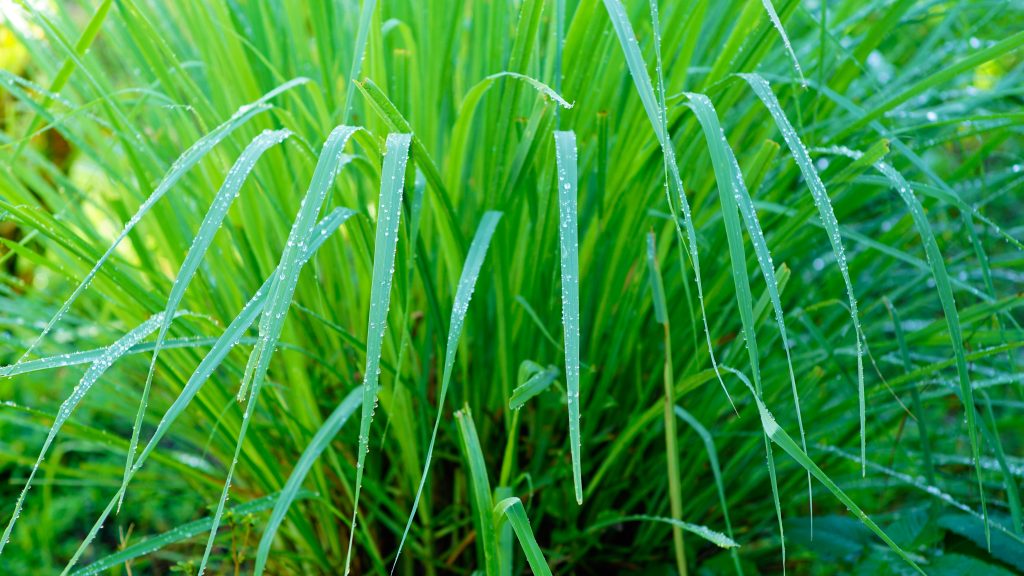
Lemongrass is like a little clump of tropical bliss, with its strappy leaves and lemony scent that has a hint of ginger. It’s a staple in Asian cuisine, and growing it yourself means you’ll have the freshest stalks for your soups, teas, and stir-fries. This herb is a sun worshipper and will thrive with just a bit of care.
It’s a breeze to propagate, too—just stick a stalk in water, and before you know it, roots will appear. (Who needs a green thumb when you’ve got lemongrass?) Plus, its natural oils are great for repelling pests, making it a garden guardian against unwanted insects.
And if you’ve ever had a lemongrass-infused bath, you know it’s not just your taste buds that benefit from this herb. Lemongrass is a spa day in plant form, providing relaxation and skin benefits that are simply divine.
7. Medicinal Tulsi (Holy Basil)
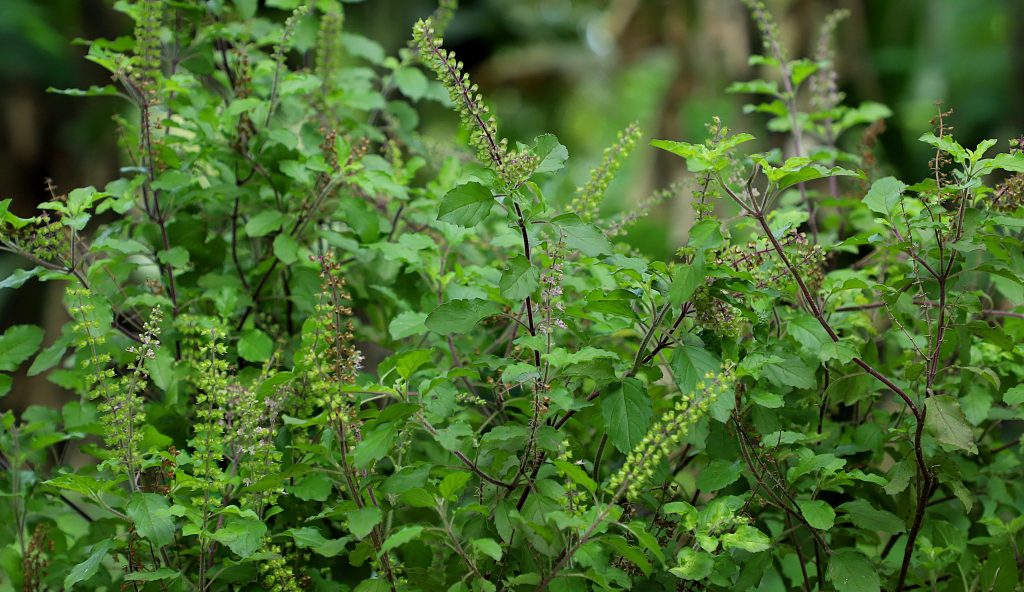
Tulsi, or Holy Basil, is revered in India for its healing properties, and it’s about time it gets the recognition it deserves in our gardens too. With its clove-like scent and peppery flavor, it’s a fantastic addition to teas and dishes that need a bit of a kick. Plus, it’s a hardy plant that doesn’t mind a bit of neglect—perfect for the busy gardener.
It’s said that just having a Tulsi plant near your home can purify the air and repel mosquitoes. Now, I can’t vouch for the air purification, but I’ve noticed fewer pesky biters since adding Tulsi to my herb collection. Coincidence? I think not.
But Tulsi’s true claim to fame is its status as an adaptogen, helping the body to resist stressors of all kinds, physical, chemical, or biological. A cup of Tulsi tea might be just what the doctor ordered after a long day in the urban jungle.
Caring for Your Herb Garden
Caring for a subtropical herb garden is a breeze once you get the hang of it. These plants generally love a good dose of sunlight, but they’ll also appreciate some shade during the hottest part of the day. Make sure your soil is well-draining—herbs hate wet feet—and give them a good drink when the soil feels dry to the touch.
Don’t forget to feed your leafy friends now and then with a balanced fertilizer, especially if they’re in pots. (Plants gotta eat, too!) Keep an eye out for pests; a little neem oil or insecticidal soap can go a long way in keeping your herbs happy and healthy.
And remember, these plants are not just for show; they’re a part of your daily life. So, interact with them, touch them, use them in your cooking, and they’ll reward you with growth and vigor. It’s a relationship, and like all good relationships, it thrives on attention and care.
In the video, ASimplySimpleLife explains –
ASimplySimpleLife
- Herb Selection: The video focuses on growing three types of herbs – mint, basil, and parsley, all purchased from Trader Joe’s for $1.99 each.
- Sunlight Requirements: The speaker emphasizes the importance of placing the herb garden in a location with ample sunlight, particularly mentioning the use of a large bay window in the kitchen.
- Repotting Process: The speaker discusses the process of repotting the herbs, mentioning the use of both dollar store and IKEA pots. This was prompted by a viewer’s request to demonstrate the repotting process.
- Trimming Technique: Regular trimming is highlighted, especially with mint, where the speaker demonstrates a specific angle cut at the tip for optimal regrowth. Trimming is mentioned as a routine to maintain the plants.
- Sturdiness and Support: Bamboo skewers are used to support the upright growth of the herbs, particularly addressing the sturdy and thick stems of the plants.
- Soil Composition: The speaker shares the soil mix used, with an emphasis on creating a funnel and adding crushed eggshells at the bottom for added nutrients, particularly calcium.
- Watering Tips: The importance of gentle watering is emphasized, especially for pots without drainage holes. The speaker demonstrates a light watering technique and mentions draining excess water to prevent overwatering.
- Outdoor Exposure: To supplement sunlight, the speaker occasionally places the herb garden outside on sunny days, ensuring the plants receive additional natural light.
- Basil Growth Technique: The speaker mentions that trimming basil promotes growth, demonstrating how to cut at an angle to encourage more leaves and a fuller plant.
- Parsley Care: The video includes a segment on parsley care, discussing repotting, staking for support, and the addition of eggshells for calcium. The speaker notes the noticeable growth of the parsley in the short time since purchase.
Harvesting and Using Your Herbs
Harvesting your herbs is one of the most satisfying parts of gardening. Always snip or pinch off leaves and stems with a clean cut to encourage new growth. The best time to harvest is in the morning when the essential oils are at their peak—your kitchen will smell amazing!
Don’t be shy about using your herbs. Fresh is best, but you can also dry or freeze them for later use. Experiment in the kitchen—add that Cuban Oregano to your pizza, or sprinkle some Mexican Tarragon on grilled veggies. The possibilities are endless, and your palate will thank you.
And let’s not forget the non-culinary uses. Create your herbal teas, infusions, and even beauty products with your garden bounty. It’s a sustainable and satisfying way to bring a touch of nature into your everyday life. So, go ahead and get snipping!
There you have it, fellow green thumbs—a treasure trove of subtropical herbs that are guaranteed to spice up both your garden and your cooking. With these resilient and aromatic plants, you’ll not only enjoy a lush garden space but also the endless flavors and health benefits they offer. Happy gardening, and may your meals be forever transformed by the wonders of your herb garden!

